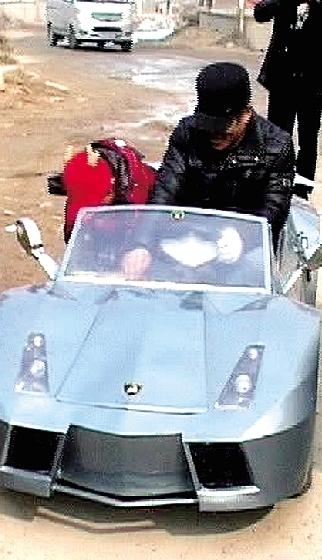An art forger must be at least somewhat proficient in the type of art he is trying to imitate. Many forgers were once fledging artists who tried, unsuccessfully, to break into the market, eventually resorting to forgery. Sometimes, an original item is borrowed or stolen from the owner in order to create a copy. Forgers will then return the copy to the owner, keeping the original for himself. In 1799, a self portrait by Albrecht Dürer which had hung in the Nuremberg Town Hall since the sixteenth century, was loaned to Abraham Wolfgang Küfner (de). The painter made a copy of the original and returned the copy in place of the original. The forgery was discovered in 1805, when the original came up for auction and was purchased for the royal collection.
Although many art forgers reproduce works solely for money, some have claimed that they have created forgeries to expose the credulity and snobbishness of the art world. Essentially the artists claim, usually after they have been caught, that they have performed only "hoaxes of exposure".
Some exposed forgers have later sold their reproductions honestly, by attributing them as copies, and
some have actually gained enough notoriety to become famous in their own right. Forgeries painted by the late Elmyr de Hory, featured in the film F for Fake directed by Orson Welles, have become so valuable that forged de Horys have appeared on the market.
A peculiar case was that of the artist Han van Meegeren who became famous by creating "the finest Vermeer ever" and exposing that feat eight years later in 1945. His own work became valuable as well, which in turn attracted other forgers. One of these forgers was his son Jacques van Meegeren who was in the unique position to write certificates stating that a particular piece of art that he was offering "was created by his father, Han van Meegeren".
Forgers usually copy works by deceased artists, but a small number imitate living artists. In May 2004, Norwegian painter Kjell Nupen noticed that the Kristianstad gallery was selling unauthorized, signed copies of his work.
American art forger Ken Perenyi published a memoir in 2012 in which he detailed decades of his activities creating thousands of authentic-looking replicas of masters such as James Buttersworth, Martin Johnson Heade, and Charles Bird King, and selling the forgeries to famous auction houses such as Christie’s and Sotheby's and wealthy private collectors.
http://en.wikipedia.org/wiki/Art_forgery


